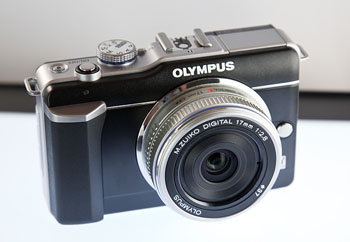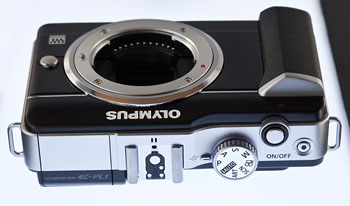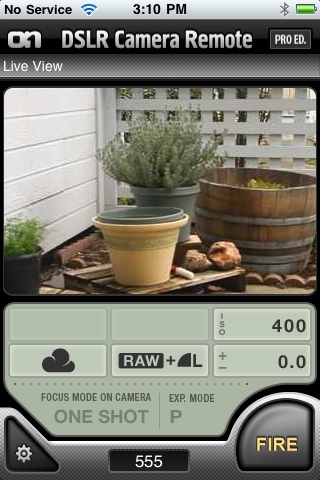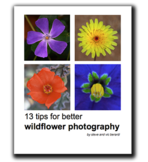Review of Olympus E-PL1 DSLR
How ironic that the most affordable PEN, the brand new E-PL1, is also my favorite. That never happens! Olympus just announced that its third digital PEN will retail for $599.99, that includes a 12-megapixel camera body with the 14-42mm lens. This latest PEN features:
- Live Guide: Easily see and adjust your settings on the LCD before you take the shot. At first this doesn't sound like much. But once I used it, I felt like it was a breakthrough in camera UI. There are a series of adjustments -- saturation, color, brightness, blur background, and express motions -- that you fine tune by moving a slider up and down and seeing the results in real time on the LCD before you take the picture. Very cool.
- Built-in flash: It's mounted atop a clever arm system that gives it some height above the lens. Yaay. I like it!
- Faster autofocus with the new 9-18mm and 14-150mm lenses:Â I tested the 9-18mm zoom, and its performance was snappy.
- Direct Movie Button for HD Videos: It's red and you can't miss it. And if you want to shoot HD video in a hurry, it's terrific. One touch recording.
- New Gentle Sepia Art Filter that now makes a total of six in-camera creative filters
- Share: Just connect the camera to an HDTV with an optional HDMI cable and use your TV remote to control playback functions and navigate the camera's menus from the comfort of your chair.
- Continuous Autofocus (C-AF) Tracking and Autofocus (AF) Target Registration locks your subject into focus and constantly adjusts focus and brightness.
- 2.7" LCD provides a wide viewing angle of 176 degrees. Unfortunately it's still only 230,000 dots.
- Accessory Port (like the one on the E-P2) for connecting the optional VF-2 electronic viewfinder, or the new optional SEMA-1 external microphone adapter set (which includes the EMA-1 adapter, the ME-51S stereo microphone and a cord). Works with any microphone that has a 3.5mm plug.
- Optional PT-EP01 underwater case that has been specially customized for the Olympus E-PL1, and is waterproof to a depth of 40 meters (approximately 130 feet).
My Favorite PEN
Aside from all of its features, I think this is a beautiful camera, especially the black and silver model I've photographed for this article. I really like metal mode dial on the top deck, raised buttons, right-side hand grip, and overall solid feel.
I also appreciate getting a proven 12MP sensor, HD video recording, and accessory port for less than any of the other PENs. I really like this camera, and I'm going to hate sending it back. I will, however, have it with me at Macworld. So if you want to see it in person, be sure to look me up.
When Will It Be Available?
The Olympus E-PL1 will be available in March 2010. It includes the E-PL1 Body, M. ZUIKO DIGITAL ED 14-42mm f3.5/5.6 Zoom, USB Cable, Video Cable, Li-Ion Battery Pack (BLS-1), Li-Ion Battery Charger (BCS-1), Shoulder Strap, Olympus software CD-ROM, Manuals, and Registration card. If you like what you see, however, you can preorder the Olympus PEN E-PL1 right now on Amazon for $599.
More Olympus E-PL1 Images (click to enlarge)
Photos of the E-PL1 PEN copyright 2010 Derrick Story. For a complete set of E-PL1 images at full resolution, visit the TDS Flickr Page.



































